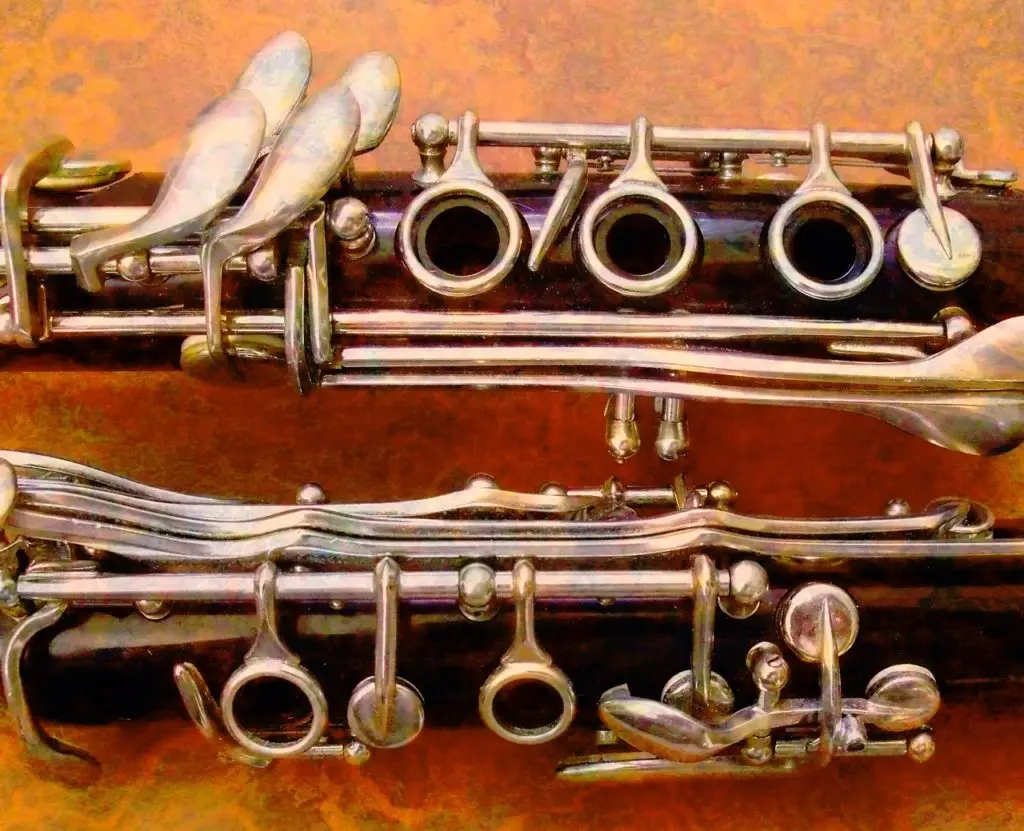
Clarinet
In classical music, the clarinet has been a key member of the woodwind family for centuries. Composers such as Wolfgang Amadeus Mozart and Johannes Brahms integrated the clarinet into their compositions, showcasing its expressive capabilities and unique tonal qualities. The clarinet’s adaptability across registers and its ability to produce smooth legato lines or agile staccato passages make it an essential component in orchestral arrangements. Its expressive potential is further highlighted in the clarinet’s role as a solo instrument, where virtuosic performers bring forth its lyrical and dynamic qualities.
The clarinet’s influence extends beyond the classical realm into jazz, where it has become a central player in the genre. Jazz legends like Benny Goodman and Artie Shaw popularized the clarinet as a lead instrument in big bands, infusing swing and improvisational elements. The instrument’s agility and ability to produce a wide array of articulations make it well-suited for jazz improvisation. Additionally, the clarinet has found its way into various folk traditions and has been embraced in contemporary genres, showcasing its adaptability and enduring appeal across diverse musical landscapes. The clarinet’s distinctive voice continues to captivate audiences and enrich musical compositions, making it an indispensable part of the global musical tapestry.
To book your first lesson, submit a Contact Form by clicking the link below
